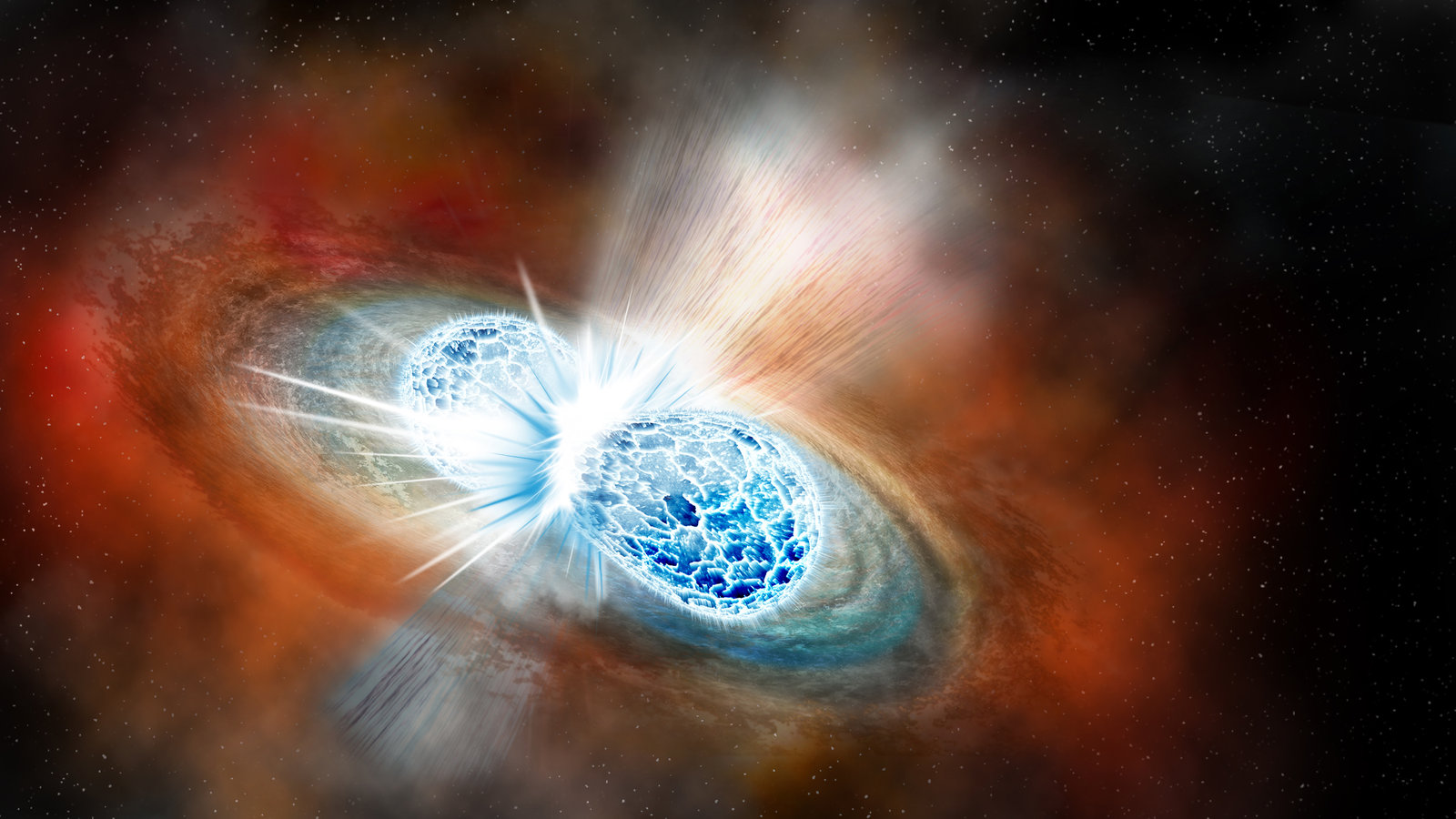Fake Nova Offers Surprising Insight about Star Collisions

A supposed nova explosion that took place in 1670 has been debunked with unexpected results by an international team of astronomers.
What was thought to be a nova explosion was the result of a collision between to particular types of stars, in this case a white dwarf and a brown dwarf. The results were reached after analyzing data collected from the Atacama Large Milimeter/submilimer Array in Chile.
A white dwarf is what remains from a star similar to our sun as it reaches the last stages of its life cycle and a brown dwarf a star that did not manage to sustain the fusion reaction needed in order to become a fully-fledged star. The collision of the two celestial objects released an intense light that was documented in 1670 as Nova Cygni or ‘’a new star below the head of the Swan’’. The intense light led many to believe that they witnessed the birth of a new star.
Modern astronomers have discovered that the event, initially thought to have been caused by the merging of two prime stars on the same trajectory, was, in fact, the merger of two of the previously mentioned stars: a white dwarf and a brown dwarf.
A key factor that led to these results was the analysis of the debris produced by the explosion, which can be observed as hourglass made by two dust rings with a central object in the middle. Researchers have previously theorized that the nova speculations were not viable, but they didn’t have a viable alternate theory until now. The stellar merger hypothesis seemed the most valid, and now there is concrete proof to back it up.
Analysis of the light that passed through the rings indicated the telltale signs of a brown dwarf, due to the specific presence of certain lithium isotopes.
Star collision is the most destructive vent that can happen, as the energy released during the explosion is extremely powerful. The explosions are not that rare, but they are always impressive and they can offer a wealth of new information.
0 comments